Etching in Art History
11 comments
Good day dear Hive Community, first of all I would like to welcome you all to my contribution and hope you had a day that was full of positive experiences! Here I would like to talk about the history of art and hope you can expand your knowledge a little.
Here are some pictures that I have created with the help of artificial intelligence and are supposed to express something about the art technique etching. When one speaks of etchings, there is talk of a gravure printing process and for the production of works of art, a metal plate is polished and coated with a varnish and then the motif was drawn on the plate as a template and then the the lines of the form is scraped out with a needle. For post-processing, the entire plate is processed again with acid and then it is coated with paint and printed on paper and the story goes hand in hand with the gold and weaponsmiths who have already used various engraving processes to produce armor and the forges already knew some techniques for engraving and dyeing and was known as copper engraving and over time, this technique was increasingly adopted by artists. The paper mills also played an important role and in the 15th Century and covered the ever-increasing demand for paper, which was of great importance for this art form. In the following centuries it was discovered that it was also possible to easily reproduce illustrations with this method and this was done to meet the ever-increasing demand for art in society and the best-known artist who was known for his etchings is the Spanish painter Francisco de Goya (1746 - 1828) who revolutionized the printing technique aquatint and with the invention of lithography the etchings have temporarily moved into the background and between the 19th and 20th Century, it has become more well-known again and it is also popular today.
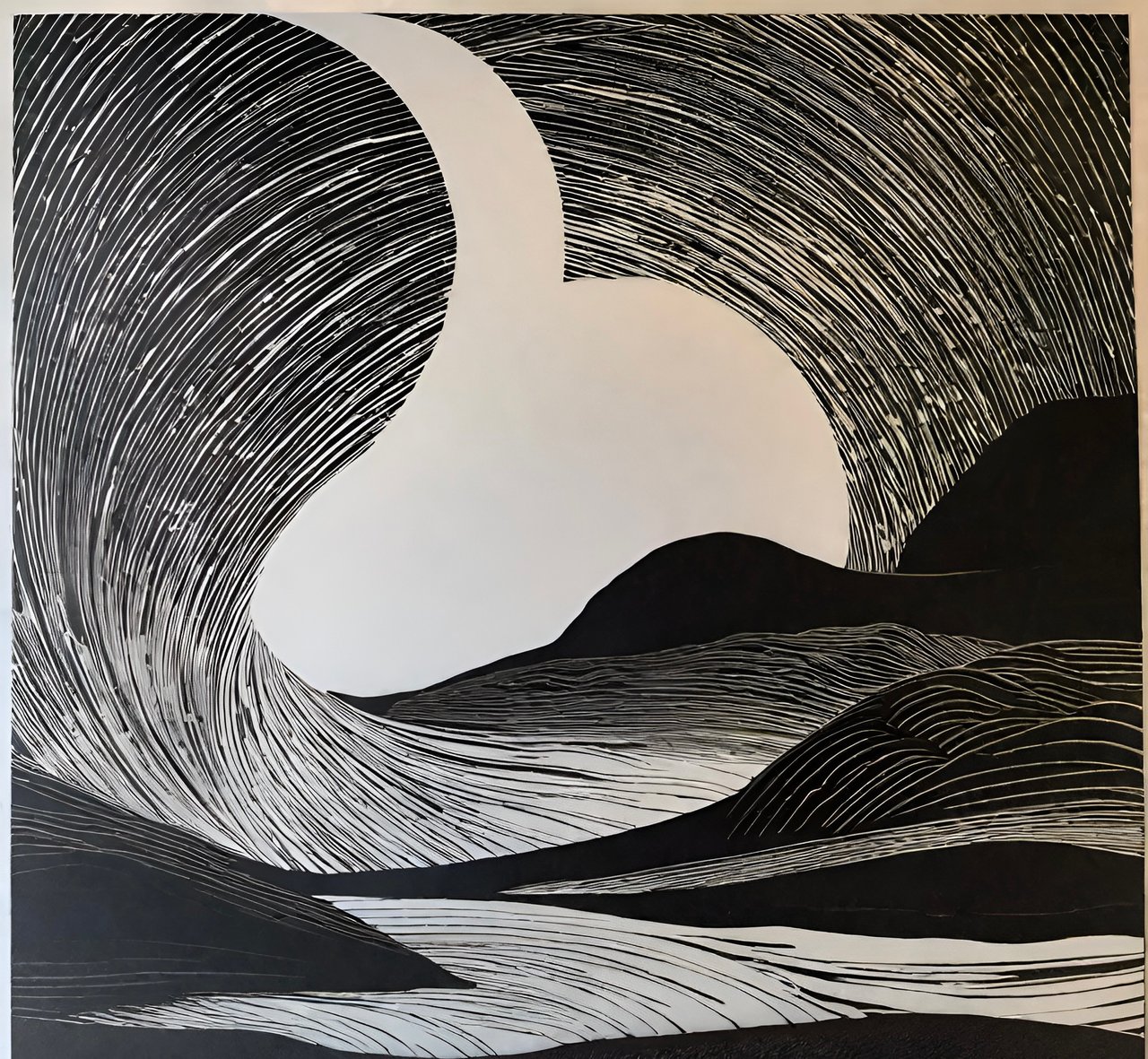
Thank you very much for taking the time to read through my post and I hope you like it and can learn something new about art history!
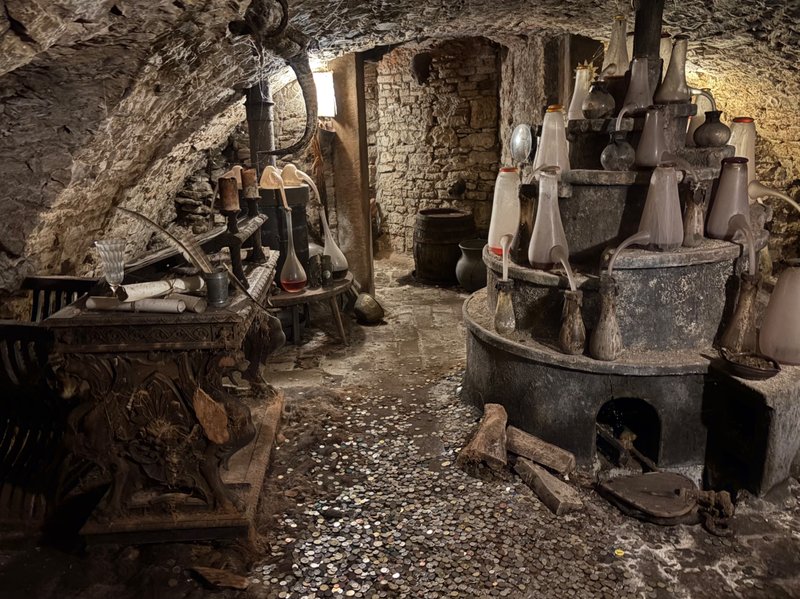


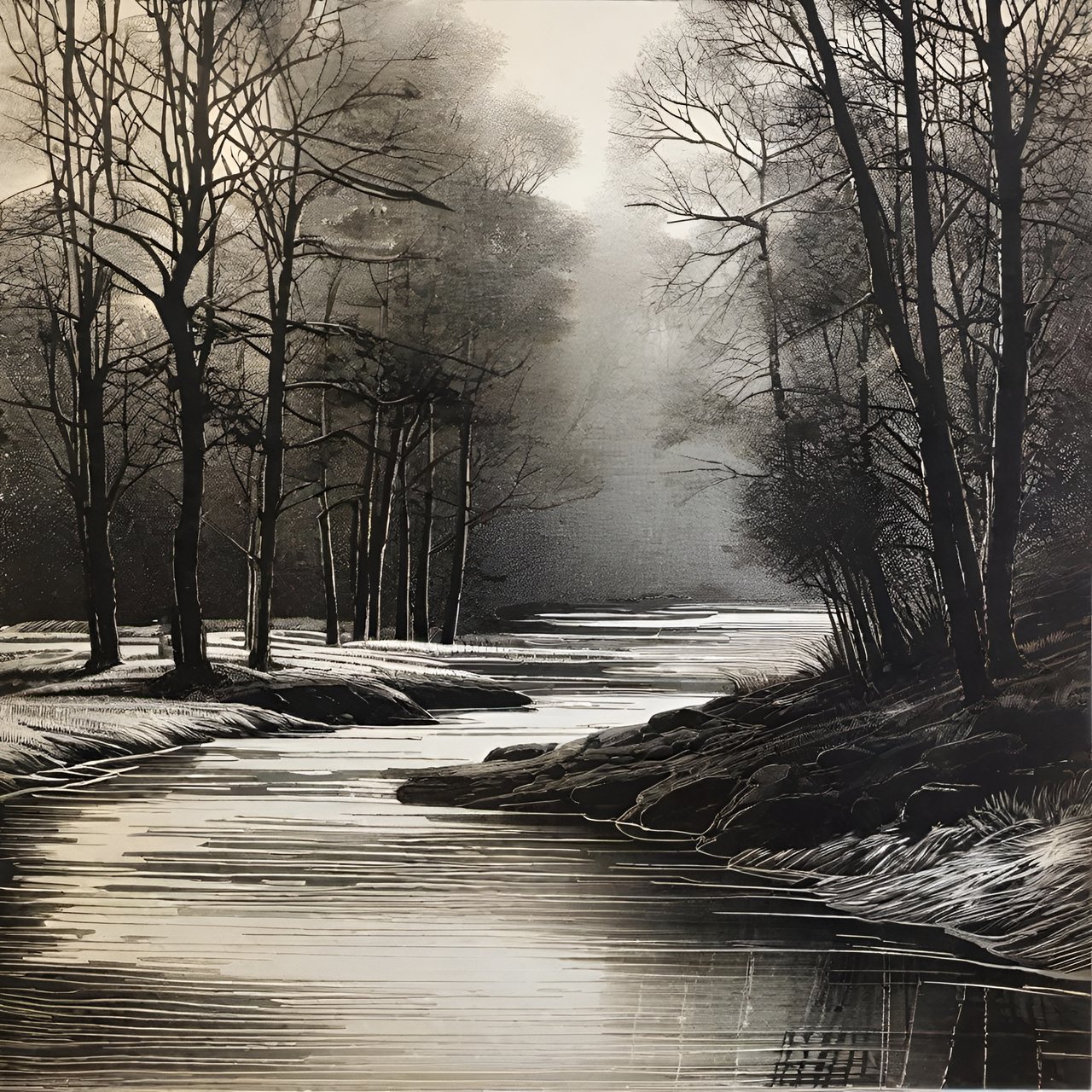
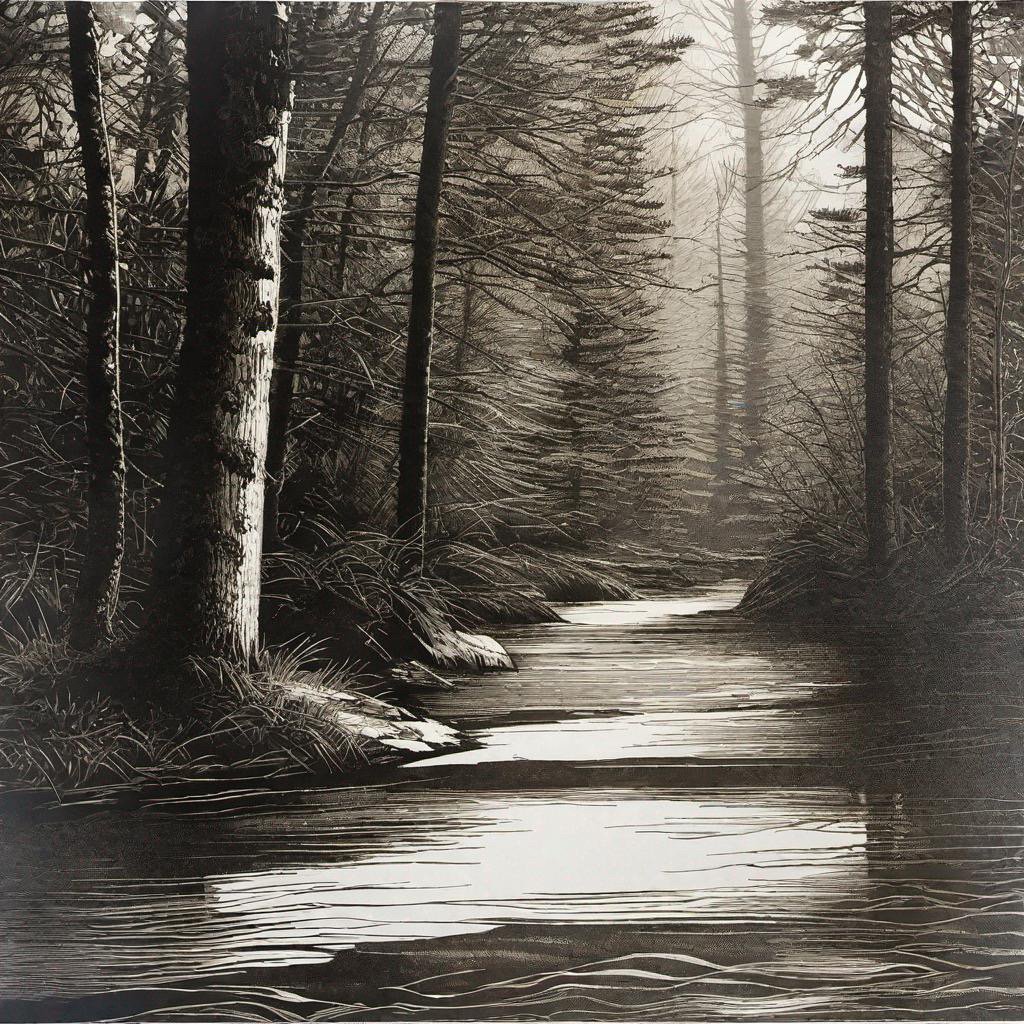
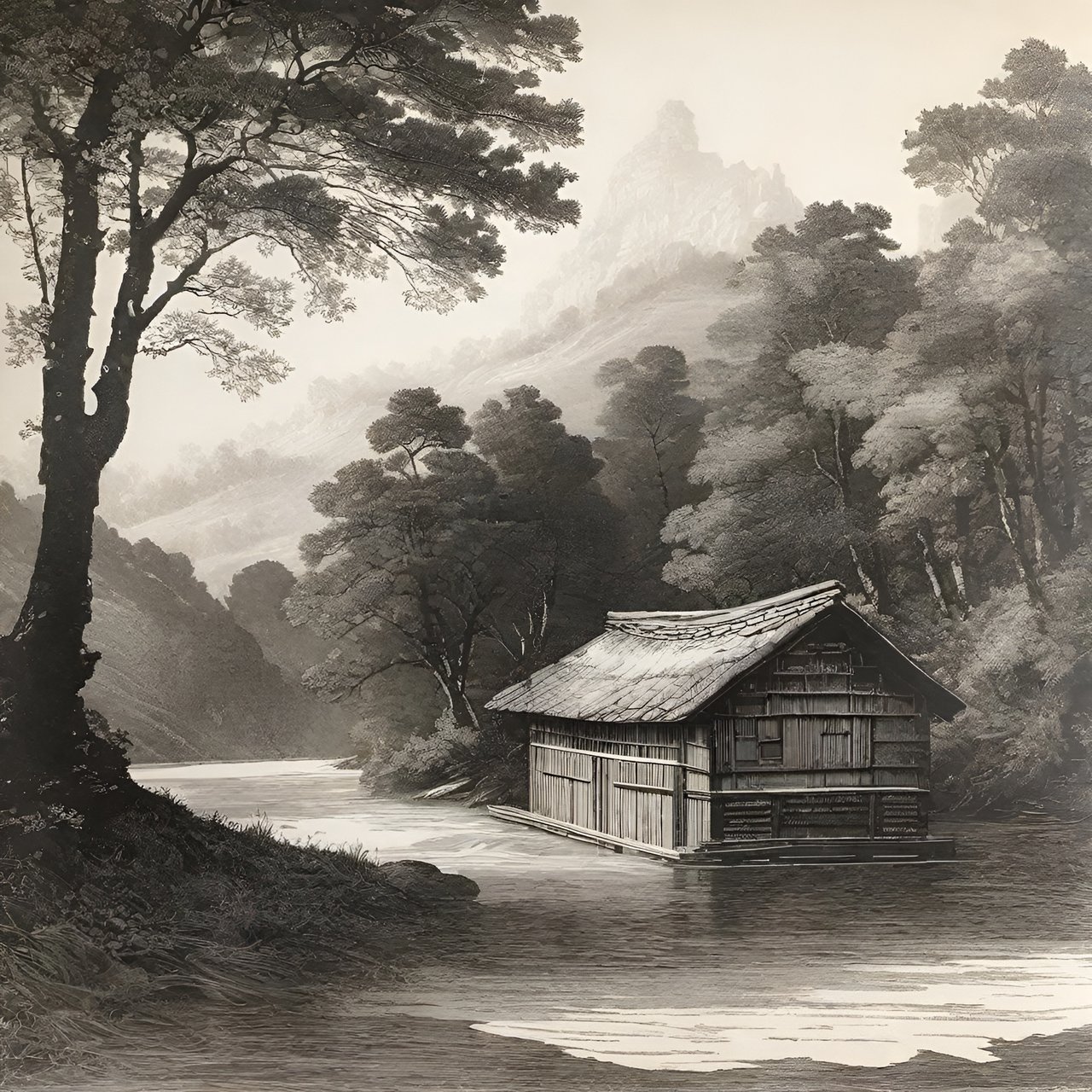

Comments